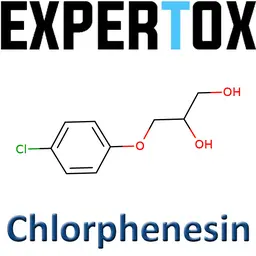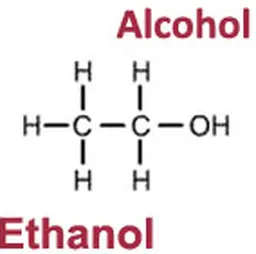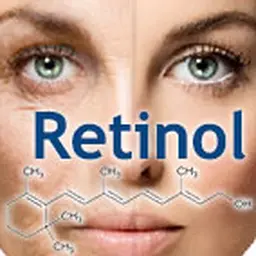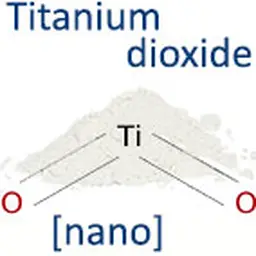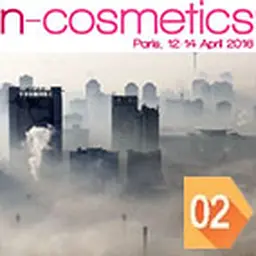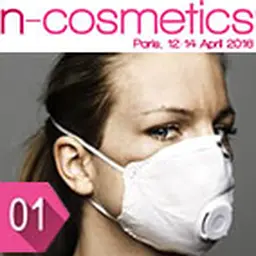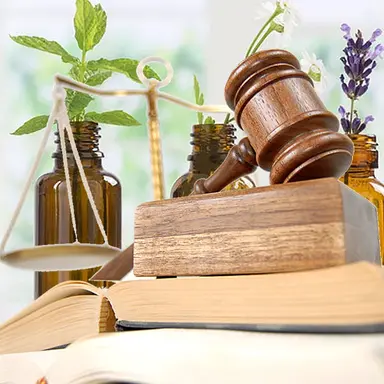
There is no specific regulation per se, which would deal with the essential oils used in cosmetics. Nevertheless, many edicts, decrees, European regulations and recommendations used for the food industry or the pharmaceutical industry shall be considered as "complementary points for information", after Afssaps's (the French acronym for the French Agency in charge of the safety of all health-related products) documents.
All the official texts concerning essential oils approach their potentially toxic and/or allergenic nature and the prevention of undesirable effects that may be associated with their use.
Essential oils in medicines
In the pharmaceutical sphere, essential oils are subject to the general regulations for herbal medicinal products, which must therefore meet various criteria and be registered as a “traditional herbal medicinal product”.
However, some of them are subject to more restrictions, particularly in terms of issuing and authorising sales. Because of their toxic potential, they belong to the pharmaceutical monopoly, and only a pharmacist can sell them to the public, sometimes only on prescription.
On the list:
• Artemisia absinthium L.
• Artemisia pontica L.
• Artemisia vulgaris L.
• Artemisia herba-alba Asso
• Artemisia arborescens L.
• Chenopodium ambrosioides L. and Chenopodium anthelminticum L.
• Hyssopus officinalis L.
• Brassica juncea L. Czernj. and Cosson
• Ruta graveolens L.
• Juniperus sabina L.
• Sassafras albidum [Nutt.] Nees
• Salvia officinalis L.
• Tanacetum vulgare L.
• Thuya plicata Donn ex D. Don.
• Thuya occidentalis L. and Thuya koraenensis Nakai
Essential oils in food
In this field, essential oils are again regulated rather indirectly, this time by a …

